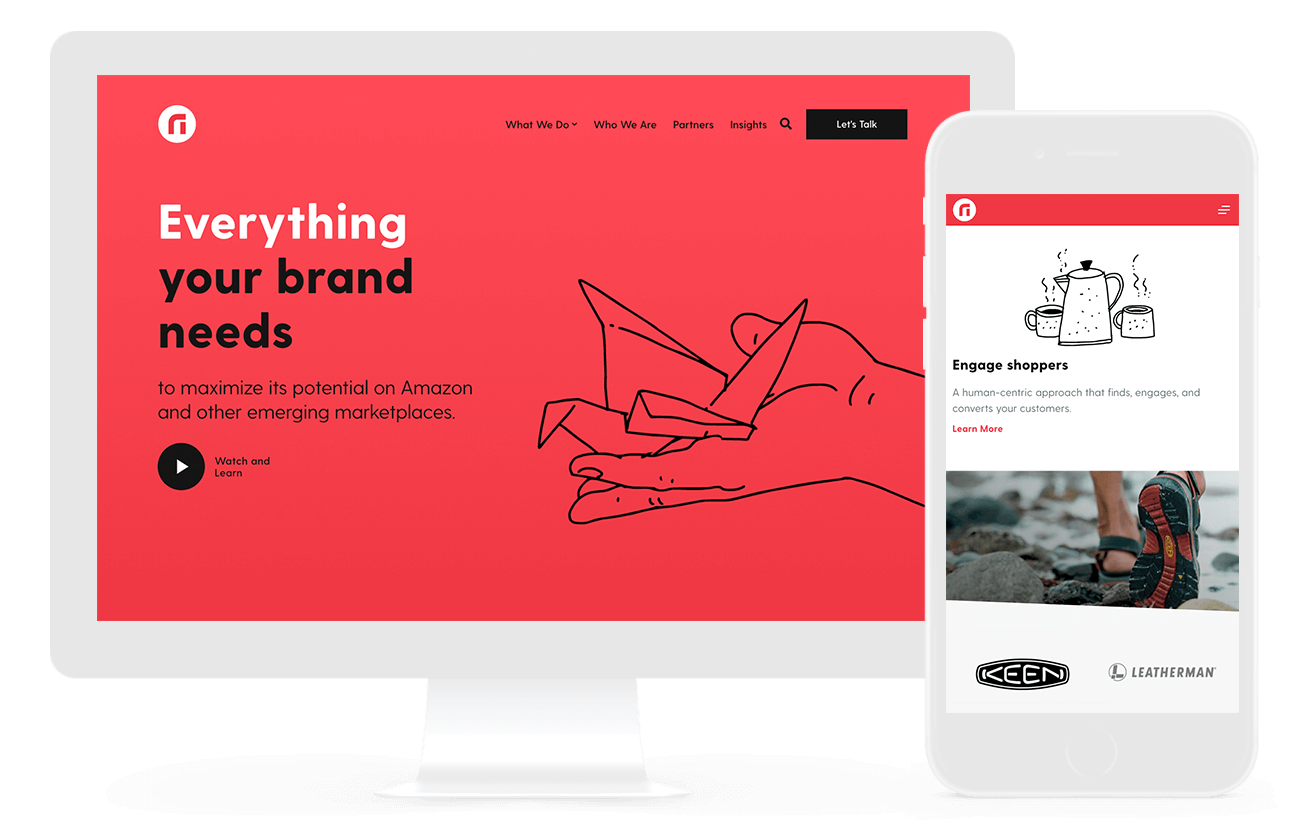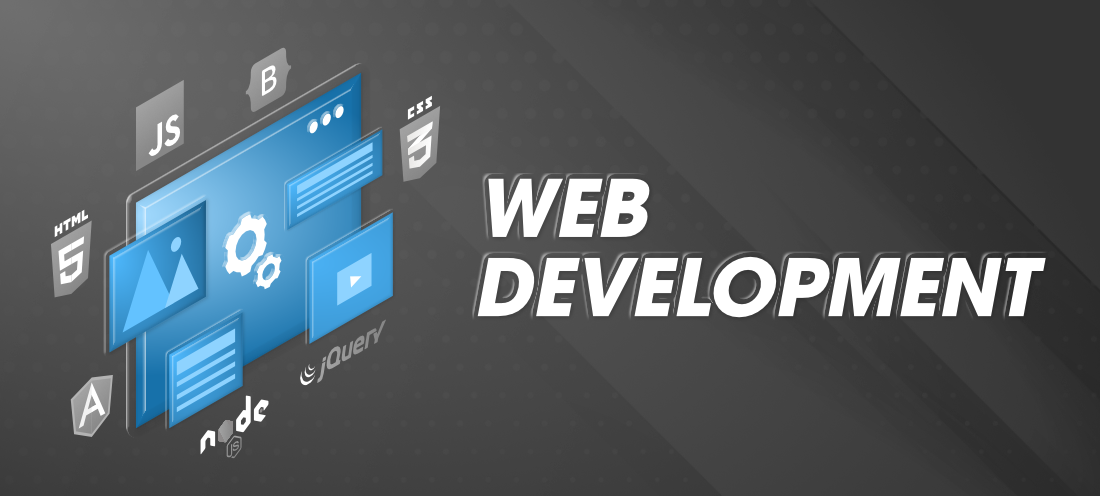All Categories
Featured
Table of Contents
- – Web Design - Entrepreneur Tips and Tricks:
- – Web Design Ledger: Homepage Tips and Tricks:
- – 10 Good Deeds In Web Design - Nielsen Norman ...
- – Web Design Vs. Web Development - Upwork Tips ...
- – Responsive Web Design Certification - Freecod...
- – Web Design Tools & Software - Webflow Tips an...
- – What Is A Web Designer? (2022 Guide) - Brain...
- – Ciw Web Design Series Tips and Tricks:
- – Web Design Scholarship - Nyc Digital Marketi...
- – Arch Web Design: Top-rated Web Design Agenc...
- – Lifted Logic: Web Design In Kansas City - S...
- – Powderkeg: Web Design Madison, Wi Tips and ...
- – Web Design Courses & Tutorials - Codecademy...
Web Design - Entrepreneur Tips and Tricks:
Desktop apps need designers to create their style and send it to an advancement team who can then transform the style to code. Usually, this is the standard for big and/or intricate websites since it permits the designer to focus on the total look and feel, while all the technical challenges are moved to the development group
Web Design Ledger: Homepage Tips and Tricks:

Amazing designs can interact a lot of information in just a few seconds. This is made possible with the use of effective images and icons. A fast Google search for stock images and icons will produce thousands of choices.
10 Good Deeds In Web Design - Nielsen Norman Group Tips and Tricks:
Your site visitors have several methods of connecting with your website depending on their gadget (scrolling, clicking, typing, etc). The very best site styles simplify these interactions to offer the user the sense that they remain in control. Here are a few examples: Never auto-play audio or videos, Never ever underline text unless its clickable Make sure all types are mobile-friendlyAvoid pop ups Prevent scroll-jacking There are lots of web animation techniques that can assist your style grab visitor's attention, and allow your visitors to connect with your website by giving feedback.
Web Design Vs. Web Development - Upwork Tips and Tricks:
Your users should be able to easily navigate through your site without encountering any structural concerns. If users are getting lost while trying to navigate through your site, chances are "crawlers" are too. A spider (or bot) is an automatic program that browses through your website and can identify its functionality.
Responsive Web Design Certification - Freecodecamp.org Tips and Tricks:
Responsive, Comprehending the pros and cons of adaptive and responsive websites will help you figure out which site builder will work best for your website design needs. You might stumble upon articles online that talk about a whole bunch of different site style styles (repaired, fixed, fluid, etc). However, in today's mobile-centric world, there are just two site styles to use to appropriately develop a website: adaptive and responsive.
Web Design Tools & Software - Webflow Tips and Tricks:

a header) is 25% of its container, that element will stay at 25% no matter the change in screen size. Responsive websites can likewise utilize breakpoints to create a customized take a look at every screen size, but unlike adaptive sites that adjust only when they struck a breakpoint, responsive websites are constantly altering according to the screen size.(image credit: UX Alpaca)Excellent experience at every screen size, despite the gadget type, Responsive website contractors are normally rigid which makes the style tough to "break"Lots of available design templates to begin from, Needs substantial style and screening to ensure quality (when starting from scratch)Without accessing the code, customized styles can be tough, It is necessary to keep in mind that website contractors can include both adaptive and responsive functions.
What Is A Web Designer? (2022 Guide) - Brainstation® Tips and Tricks:
Wix has been around given that 2006 and has since developed a large variety of functions and templates to fit just about every business requirement. Today, it's considered among the most convenient tools for newbies. It's tough to pick a winner in this category, here are few things to keep in mind: If you're looking for the most personalized experience, choose Page, Cloud.
Ciw Web Design Series Tips and Tricks:
This is where more intricate web style tools, like Webflow and Froont, enter play. Here are some of the pros and cons to consider when wanting to adopt among these tools: Ability to develop custom-made responsive websites without having to compose code Unrivaled control over every component on the page Ability to export code to host elsewhere Complex tools with high learning curves Slower style process than adaptive site builders, E-commerce sites are a vital part of website design.
Web Design Scholarship - Nyc Digital Marketing Agency Tips and Tricks:

The standard 5 elements of web style, Best resources to discover web design at home, What is web style? You need to keep your style simple, clean and available, and at the same time, usage grid-based designs to keep design products arranged and organized, therefore creating a terrific overall layout. Web design online courses.
Arch Web Design: Top-rated Web Design Agency For Saas ... Tips and Tricks:
, The web design track of Tree, House offers 43 uses of video and interactive lessons on HTML, CSS, layouts, and other web design basics.
Lifted Logic: Web Design In Kansas City - Seo - Website ... Tips and Tricks:
Reliable web design brings a couple of various aspects together to promote conversions. These consist of: Engaging use of unfavorable space Clearly presented options for the user(the less options the user has, the less likely they are to become overloaded and baffled)Apparent, clear calls to action Limited interruptions and a well believed out user journey (ie.
Powderkeg: Web Design Madison, Wi Tips and Tricks:
Here are some examples: Clear calls to action are excellent website design; murky ones are bad web style. High contrast typefaces are clever, effective web style; low contrast fonts that are hard to check out are bad web style. Here are a couple of other aspects to prevent: Sidetracking images and backgrounds. Though there are a couple of choose instances where a tiled background might be a good option, most of the times they're sidetracking. Non-responsive style. Nowadays your site just requires to be mobile responsive. Uncertain links and buttons. Visitors should not need to hunt for links and buttons, they must be able to rapidly see which images and pieces of text will take them to brand-new pages or validate their choices.
Web Design Courses & Tutorials - Codecademy Tips and Tricks:
On a platform like 99designs you can host a design contestby providing an offering and having designers submit designs send styles your specifications. Your web style might cost a couple of hundred to tens of thousands of dollars, depending on its complexity. The more info they have, the more equipped they are to deliver the best web style for you.
Learn more about Lovell Media Group LLC or TrainACETable of Contents
- – Web Design - Entrepreneur Tips and Tricks:
- – Web Design Ledger: Homepage Tips and Tricks:
- – 10 Good Deeds In Web Design - Nielsen Norman ...
- – Web Design Vs. Web Development - Upwork Tips ...
- – Responsive Web Design Certification - Freecod...
- – Web Design Tools & Software - Webflow Tips an...
- – What Is A Web Designer? (2022 Guide) - Brain...
- – Ciw Web Design Series Tips and Tricks:
- – Web Design Scholarship - Nyc Digital Marketi...
- – Arch Web Design: Top-rated Web Design Agenc...
- – Lifted Logic: Web Design In Kansas City - S...
- – Powderkeg: Web Design Madison, Wi Tips and ...
- – Web Design Courses & Tutorials - Codecademy...
Latest Posts
Wicky Design: Philadelphia Web Design Tips and Tricks:
Penner Home - Durham Web Design - Penner Web Design ... Tips and Tricks:
Freelance Website Designer Frederick MD
More
Latest Posts
Wicky Design: Philadelphia Web Design Tips and Tricks:
Penner Home - Durham Web Design - Penner Web Design ... Tips and Tricks:
Freelance Website Designer Frederick MD